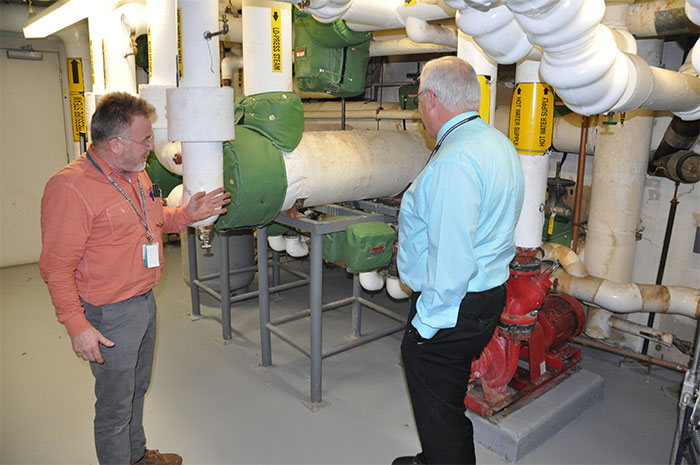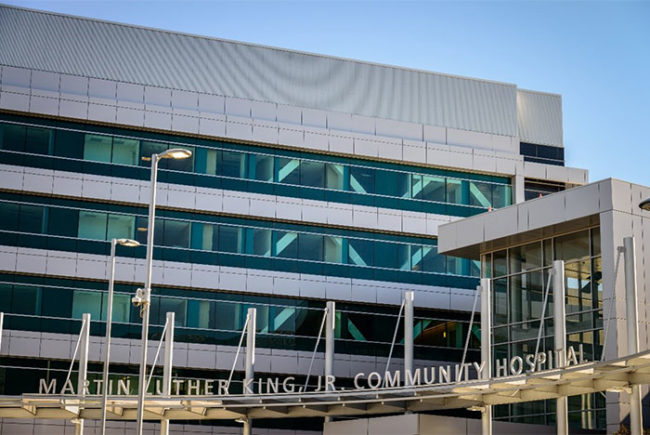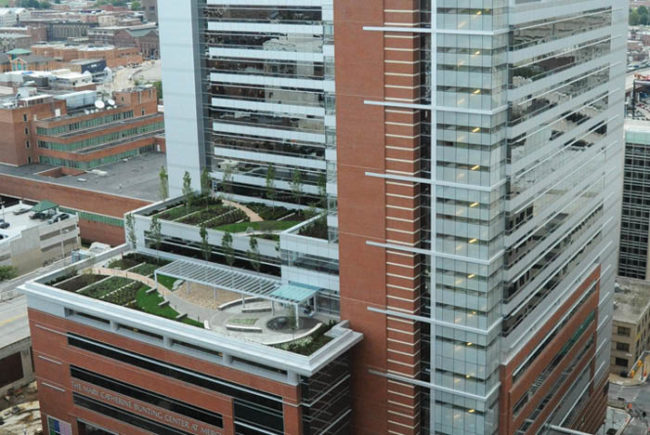
Hospital for Special Care's Facilities Supervisor and Engineer Stefan Pazdzior and Vice President of Facilities Donald Cyr inspect areas where steam traps, covers and insulation were upgraded.
After a complete audit of its energy systems, the 228-bed Hospital for Special Care in New Britain, Conn., discovered that it was sustaining annual energy loss costing $13,000. The culprit was the facility’s aging steam-trap system, or at least 10 percent of it. With the help of its local energy and utility company, Connecticut Natural Gas (CNG), the hospital identified 10 of its 100 steam traps that were malfunctioning, costing the hospital tens of thousands of dollars each year.
The 1940-built hospital worked with CNG to not only devise a plan for replacing the malfunctioning steam traps, but also to leverage funding assistance through the Energize Connecticut program, a statewide initiative.
Donald Cyr, the hospital’s vice president of facilities, says that any project that doesn’t result in increased operational funding and saves money is always welcomed. The total project cost $9,994, with the hospital receiving $6,647 in incentives. The estimated payback timeline is only 1.47 years.
“Anywhere that we can conserve energy, we can see serious monetary savings, which brought us this opportunity to do the project,” Cyr says. “Companies are always presenting ways for us to save money and make upgrades to our facilities, and Energize CT and CNG made the process much more affordable. When we’re just trying to get by on our budget, these savings help tremendously.”
Steam traps are automatic valves designed to discharge, condensate and vent air. The steam is then converted to heat and fed throughout the 287,000-square-foot hospital. Malfunctioning steam traps, however, result in heat loss and energy wasted.
“Each steam trap was tested to see if it was operating properly and to gauge any loss of heat,” explains Facilities Supervisor Stefan Pazdzior. “If one steam trap is failing, the boilers have to run more and use more natural gas. These projects show savings in the operating budget and help with equipment maintenance.”
This latest project is one of 11 upgrade projects the hospital has completed in recent years, including energy equipment, lighting and building control upgrades.





